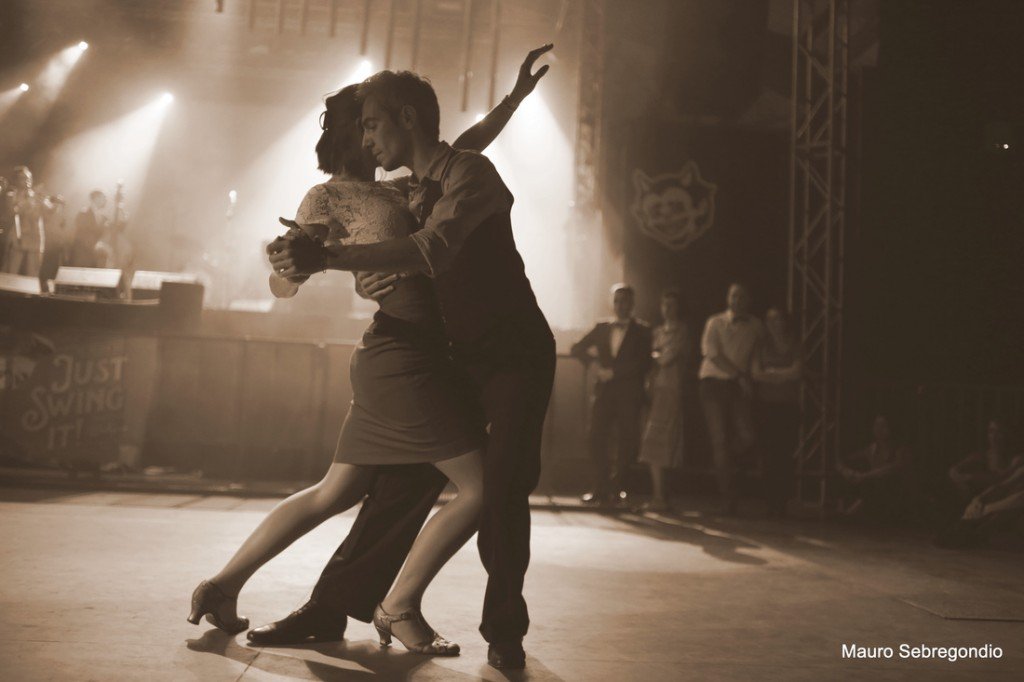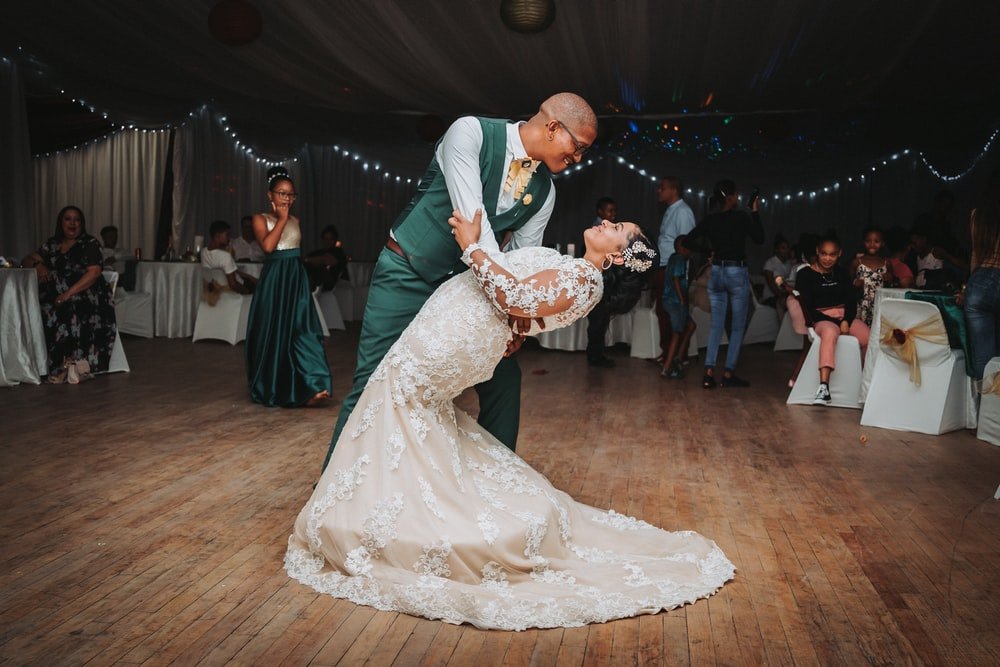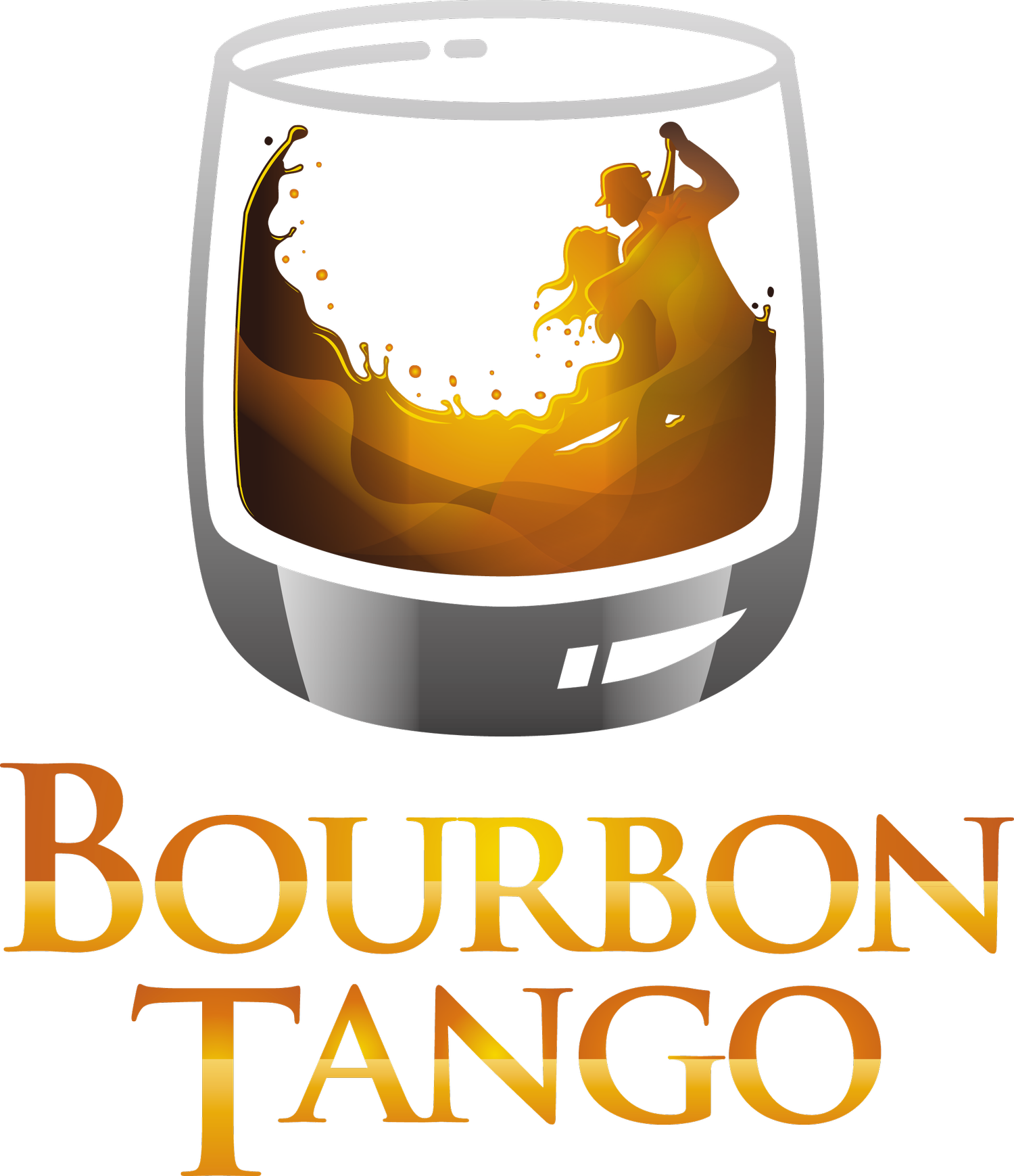Lindy Hop
The vintage swing dance that embodies the spirit of joy and freedom. It’s a dance that emerged from the vibrant African-American communities of Harlem in the 1920s and 1930s, and it’s a dance that changed the world of partner dancing forever.



Sign Up to if you are interested in joining our Lindy Hop semi-private series
Ballroom dancers may see the similarities between East Coast Swing and Lindy Hop, but Lindy Hop is a dynamic and energetic dance that combines the infectious rhythms of swing music with the improvisational and playful movements of the dancers. It’s a dance that invites individual expression and creativity, while also emphasizing the connection and collaboration between partners.
Lindy Hop is known for its signature moves, such as the swing-out, the lindy circle, and the aerials, which are daring and acrobatic lifts and flips that add an element of excitement and showmanship to the dance. But Lindy Hop is not just about flashy moves; it’s about the connection and communication between partners, the joyful exchange of energy that happens on the dance floor.
Within the realm of Lindy Hop, there are other vintage swing dances that are often incorporated into the dance. The Charleston, with its lively and energetic footwork, is a popular component of Lindy Hop routines. It adds a touch of whimsy and playfulness to the dance, and its infectious rhythms often get dancers tapping their feet and smiling from ear to ear.
Another vintage swing dance that has found its place in Lindy Hop is Balboa. Balboa is characterized by its close embrace and intricate footwork, and it offers a smooth and elegant style that complements the lively movements of Lindy Hop.
Lindy Hop Swing, as a dance form, emerged from the African-American communities of Harlem, where it was born out of a fusion of various dance styles, including Charleston and tap dancing. It was a black art form, born in the midst of the Harlem Renaissance, a time of cultural and artistic awakening for African Americans. Lindy Hop provided a platform for black dancers to express themselves, to break free from the confines of social norms, and to showcase their talent and creativity.
Sadly, as swing music and dancing gained popularity, the racial dynamics of America at the time led to the erasure and appropriation of Lindy Hop as a black art form. Many white dancers and performers took credit for the innovation and contributions of black dancers, leading to a diminished recognition of the African-American roots of Lindy Hop.
Today, efforts are being made to reclaim and honor the black history and heritage of Lindy Hop. Organizations and individuals within the Lindy Hop community are actively working to acknowledge and celebrate the contributions of black dancers and to ensure that Lindy Hop remains a welcoming and inclusive space for all.
Lindy Hop Swing continues to thrive as a social dance around the world. From the vibrant swing scenes of New York and San Francisco to the swing festivals in Europe and beyond, Lindy Hop is alive and well. Social dances, workshops, and competitions provide opportunities for dancers of all levels to come together, connect, and share the joy of this lively and infectious dance.
In the words of the great Lindy Hop dancer Frankie Manning, “Lindy Hop is a dance of the people, a dance of joy.” And it is this spirit of joy and inclusivity that continues to drive the Lindy Hop community, ensuring that this black art form will be cherished and celebrated for generations to come.
